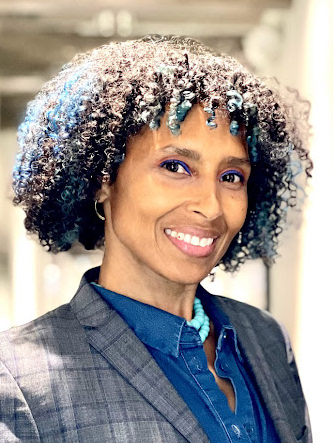Freedom – an artistic exposé for Black history and Women’s history months, was a group exhibition curated by Yeefah Thurman. The exhibit was on display from February through March 2023 at the Evanston Public Library. The artist's work on this page was represented in the exhibit. The artworks questions what freedom post slavery really means for Black, mixed race and indigenous people. Do they have the right to decide their financial legacy, have self determination, to decide the names one is called or the language one chooses to speak?
Legacy
wood, raw cotton, paper, glass, pyrography, metal chain
40x40
Consider two roots of cotton farming in the United States of America, (i)the plantation owner and (ii)the enslaved. The two legacies are vastly different. Legacy seeks to discuss visually the differences in the two. The artist's family legacy versus that of her ancestor's enslaver’s descendants. Legacy asks the viewer to consider what became of the descendants on both sides.
The artist uses her paternal great great grandfather's story of escape from slavery as a platform to discuss a key moment of change in her family's legacy.
Benjamin Franklin Patterson escaped slavery, stayed in the south and became a cotton farmer. His son, continued that legacy until his son John Patterson Sr. moved north. Using raw cotton sourced from a proud 5th generation Black cotton farmer, she draws parallels to the monetary gains made from being a plantation owner vs an enslaved person or freedman farmer. She wishes also to bring attention to the financial disparity in the 21st century between white American farmers and Black American Farmers that has roots in the history of slavery.
Confederate money is placed in the upper left corner. Strewn across the middle is shredded American dollars. These objects are meant to bring attention to the financial gains which helped to build the southern states, increased the personal wealth of the participators of chattel slavery and ultimately helped make America the world power it is today.
The artist is known for using mirrors in her work to provoke the viewer to look inward. In this particular artwork she wants the viewer to question their personal relationship to slavery and of their own family legacy. The relationship could be connected in an intimate way(enslaved or slaver) or distant(benefiting from slavery).
In the center of the Artwork is the artist's family crest. Description by John Patterson Jr. initiator of the crest. "Two lions regal symbols of Africa the mother land. One representing the Patterson lineage the initiator of the family crest. The other, representing all those many lineages who before and after joined with us to add strength and diversity and create an eternal bloodline. The primordial couple, interdependent and unified by the intertwined tails. The swords symbolizing will and means to fearlessly defend when necessary. The X for all the unknowns that slavery introduced but marked the starting point where we are responsible for now; using the known to advance the interests of the family (clan etc) with inspiration and guidance for achieving our highest aspiration being guided by the the star."
Asset - Capital - Equity
wood, paper and metal chain
15x15
*Important note: the public slave auction noted in the poster, took place on the day the artist was born 140 years later - May 18, 1969
Asset: property owned by a person or company, regarded as having value and available to meet debts, commitments, or legacies.
Capital: accumulated possessions calculated to bring in income.
Equity: equity is an ownership interest in property that may be offset by debts or other liabilities
The following artworks developed from an investigation into the beliefs, of those in the third generation post the Civil Rights movement and the use of the N'word. The artist wanted to understand if being two generations removed from the movement and six generations removed from slavery made a difference in how, when and why they used the N'word. Freedom to claim or choose the words they use and the language they speak are important to them. These works are from two of the ten interviews the artist conducted.
N’ Project Christopher 1
wood, paper, pyrography, metal chain
24 x 23
N’ Project Christopher 2
wood, paper, pyrography, metal chain
15 x 10
If you would not have been classified as a negro then you are not "My Nigga" This word that was once used to degrade and oppress we have reclaimed and made our own. This country has tried to strip us of everything. Yet we have successfully cultivated a culture in the midst of chaos that ironically has become the epitome of cool. You can not be included in our culture especially after fighting for decades to exclude us from everything. You can not say Nigga without invoking all of the feelings associated with Nigger. Can we have anything as our own? Or does everything of ours still/forever belong to America?
Christopher
Saturday, March 7th 2020
N’ Project Toni 1
wood, paper, pyrography, metal chain
29 x 18
N’ Project Toni 1
wood, paper, pyrography, metal chain
15 x 10
As humans, our use of language has immense power and meaning. So, use of historically derogatory words like the N-word/ "Nigga" can be shaped and issued in so many ways and in so many context. Language can be a very empowering tool for establishing and reclaiming identity. I believe this is true for marginalized peoples across the board. So for all of us it becomes important for us to use language, not in the "right" way, but with intention and with the understanding of its significance. The significance should be understood on both a personal level and in its context within a broader human experience.
Toni Villaseñor-Marchal
01/28/2020
